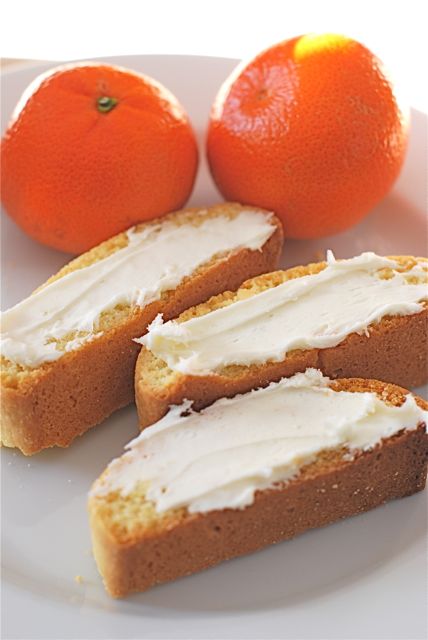But first, a word from our sponsor. Registration for Deep Winter Crop Share is now open online. Please
click here to register.
The long, oval squash in your box is a spaghetti squash. If this is your first experience with this beauty, then welcome! First off, yes, it will make long strands that can stand in for pasta in many dishes. But no, you're not going to think you're actually eating pasta. Spaghetti squash has a much milder flavor than other winter squash types, with some even calling it "bland." When you've got a strongly-flavored gravy on your pasta, like a ragú, say, this is a great stand-in. You'll cut more than 100 calories off of a one-cup serving over pasta, and it's very high in potassium and folate, which most of us don't get enough of in our diets.
How do you cook it? There's two methods, the long way and the short way. Both of them start off the same. Cut the squash in half, cross-wise instead of length-wise. This will make for longer strands. This is a very firm squash, and you'll have to put some force behind the knife. So watch where your other hand is when you cut. Next, scoop out the seeds and loose pulp. (You can roast the seeds, just like pumpkin seeds. As a matter of fact, you can do that with acorn, butternut, and pretty much any other winter squash as well.)
Next, put about a quarter of an inch of water in a glass or ceramic roasting pan. Stand the squash in the water, cut side down. Long way: oven at about 350˚F for 45 minutes to an hour. Short way: microwave on high for about 10 minutes. Take a fork and scrape along the grain of the flesh, and it will comes out looking like Asian cellophane noodles. Ta da!
As previously stated, use any sauce with a robust flavor. I like to use spicy sauces with spaghetti squash, like
Seafood Arrabbiata or
Bolognese Alla Diavolo, or
these spicy mussels from
SeafoodWatch.org. Even just a simple
robust tomato sauce with some Parm grated on top would be great, too. I'd avoid dishes that actually try to show off the pasta itself, though. Save the
carbonara or the
Sexy-Time Pasta for another day.
Winter Hours
After Christmas, Nalls moves to winter hours through the coldest time of the year. This means that there are shorter hours, and only on the weekends. Remember to come by and pick up your crop share box, and stock up on milk and ice cream too since you wouldn't be able to do your mid-week Nalls run. And daydream of the artichokes and asparagus we'll soon see come spring.















